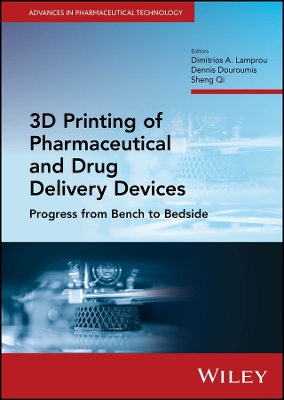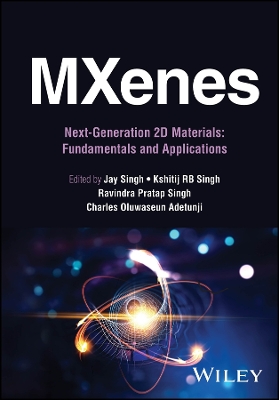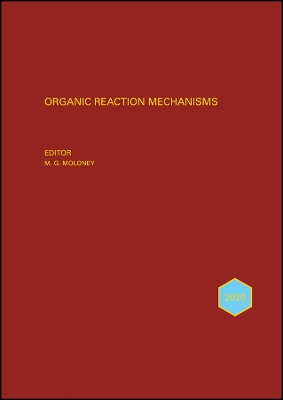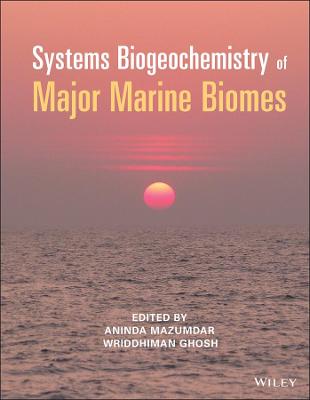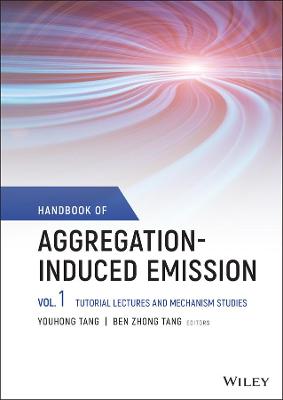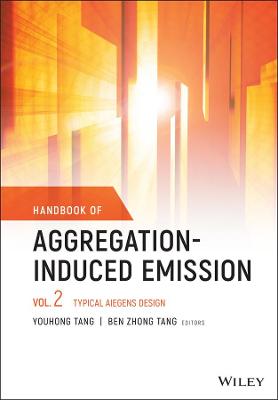Explosion Systems with Inert High-Modulus Components
 -15%
portes grátis
-15%
portes grátis
Explosion Systems with Inert High-Modulus Components
Increasing the Efficiency of Blast Technologies and Their Applications
Balagansky, Igor A.; Bataev, Anatoliy A.; Bataev, Ivan A.
John Wiley & Sons Inc
07/2019
224
Dura
Inglês
9781119525448
15 a 20 dias
520
1 Examples of Nonstationary Propagation of Detonation in Real Processes 1
1.1 Channel Effect 1
1.2 Detonation of Elongated High Explosive Charges with Cavities 4
1.3 The Effects of Wall and Shell Material, Having Sound Velocity Greater Than Detonation Velocity, on the Detonation Process 9
1.4 Summary 14
References 15
2 Phenomena in High Explosive Charges Containing Rod-Shaped Inert Elements 17
2.1 "Smoothing" of Shock Waves in Silicon Carbide Rods 17
2.1.1 Experiments with Ceramic Rods 17
2.1.2 Numerical Simulation of Shock Wave Propagation in Silicon Carbide Rods 22
2.2 Desensitization of Heterogeneous High Explosives after Loading by Advanced Waves Passing Through Silicon Carbide Elements 26
2.2.1 The Experiments on Detonation Transmission 28
2.2.2 Modeling of the Detonation Transmission Process under Initiating Through Inert Inserts 33
2.3 The Phenomenon of Energy Focusing in Passive High Explosive Charges 37
2.3.1 Characterization of Steel Specimens Deformed in Experiments on Energy Focusing 39
2.3.2 Optical Recording in Streak Mode 43
2.3.3 Optical Recording in Frame Mode 46
2.3.4 Numerical Modeling of the Energy Focusing Phenomenon 51
2.4 Summary 52
References 54
3 Nonstationary Detonation Processes at the Interface between High Explosive and Inert Wall 59
3.1 Measurements with Manganin Gauges 60
3.2 Optical Recording in Streak Mode 64
3.3 Modeling of Detonation in High Explosive Charges Contacting with Ceramic Plates 68
3.4 Summary 76
References 77
4 Peculiar Properties of the Processes in High Explosive Charges with Cylindrical Shells 79
4.1 Nonstationary Detonation Processes in High Explosive Charges with Silicon Carbide Shells 79
4.2 Numerical Analysis of the Influence of Shells on the Detonation Process 93
4.3 Summary 101
References 106
5 Hypervelocity of Shaped Charge Jets 109
5.1 Experimental Investigation of Ceramic Tube Collapse by Detonation Products 110
5.2 Modeling of Jet Formation Process 115
5.3 The Effect of Hypervelocity Jet Impact against a Steel Target 123
5.4 Modeling of Fast Jet Formation under Explosion Collision of Two-Layer Alumina/Copper Tubes 129
5.5 Summary 136
References 140
6 Protective Structures Based on Ceramic Materials 143
6.1 Detonation Transmission through Dispersed Ceramic Media 143
6.2 Applications of the Protective Properties of Ceramic Materials 149
6.3 Summary 151
References 151
7 Structure of the Materials Loaded Using Explosion Systems with High-Modulus Components 155
7.1 Materials Behavior at High Strain Rate Loading 155
7.2 Postmortem Investigation of Materials Structure for Indirect Evaluation of Explosive Loading 164
7.3 Structure of Materials Loaded Under Conditions of Energy Focusing 169
7.4 Effect of High-Velocity Cumulative Jets on Structure of Metallic Substrates 178
7.5 Summary 183
References 183
Conclusions 187
Appendix A Dynamic Properties of High-Modulus Materials 193
Appendix B Methods Used to Investigate Explosion Systems Containing High-Modulus Inert Materials 205
Index 211
1 Examples of Nonstationary Propagation of Detonation in Real Processes 1
1.1 Channel Effect 1
1.2 Detonation of Elongated High Explosive Charges with Cavities 4
1.3 The Effects of Wall and Shell Material, Having Sound Velocity Greater Than Detonation Velocity, on the Detonation Process 9
1.4 Summary 14
References 15
2 Phenomena in High Explosive Charges Containing Rod-Shaped Inert Elements 17
2.1 "Smoothing" of Shock Waves in Silicon Carbide Rods 17
2.1.1 Experiments with Ceramic Rods 17
2.1.2 Numerical Simulation of Shock Wave Propagation in Silicon Carbide Rods 22
2.2 Desensitization of Heterogeneous High Explosives after Loading by Advanced Waves Passing Through Silicon Carbide Elements 26
2.2.1 The Experiments on Detonation Transmission 28
2.2.2 Modeling of the Detonation Transmission Process under Initiating Through Inert Inserts 33
2.3 The Phenomenon of Energy Focusing in Passive High Explosive Charges 37
2.3.1 Characterization of Steel Specimens Deformed in Experiments on Energy Focusing 39
2.3.2 Optical Recording in Streak Mode 43
2.3.3 Optical Recording in Frame Mode 46
2.3.4 Numerical Modeling of the Energy Focusing Phenomenon 51
2.4 Summary 52
References 54
3 Nonstationary Detonation Processes at the Interface between High Explosive and Inert Wall 59
3.1 Measurements with Manganin Gauges 60
3.2 Optical Recording in Streak Mode 64
3.3 Modeling of Detonation in High Explosive Charges Contacting with Ceramic Plates 68
3.4 Summary 76
References 77
4 Peculiar Properties of the Processes in High Explosive Charges with Cylindrical Shells 79
4.1 Nonstationary Detonation Processes in High Explosive Charges with Silicon Carbide Shells 79
4.2 Numerical Analysis of the Influence of Shells on the Detonation Process 93
4.3 Summary 101
References 106
5 Hypervelocity of Shaped Charge Jets 109
5.1 Experimental Investigation of Ceramic Tube Collapse by Detonation Products 110
5.2 Modeling of Jet Formation Process 115
5.3 The Effect of Hypervelocity Jet Impact against a Steel Target 123
5.4 Modeling of Fast Jet Formation under Explosion Collision of Two-Layer Alumina/Copper Tubes 129
5.5 Summary 136
References 140
6 Protective Structures Based on Ceramic Materials 143
6.1 Detonation Transmission through Dispersed Ceramic Media 143
6.2 Applications of the Protective Properties of Ceramic Materials 149
6.3 Summary 151
References 151
7 Structure of the Materials Loaded Using Explosion Systems with High-Modulus Components 155
7.1 Materials Behavior at High Strain Rate Loading 155
7.2 Postmortem Investigation of Materials Structure for Indirect Evaluation of Explosive Loading 164
7.3 Structure of Materials Loaded Under Conditions of Energy Focusing 169
7.4 Effect of High-Velocity Cumulative Jets on Structure of Metallic Substrates 178
7.5 Summary 183
References 183
Conclusions 187
Appendix A Dynamic Properties of High-Modulus Materials 193
Appendix B Methods Used to Investigate Explosion Systems Containing High-Modulus Inert Materials 205
Index 211

